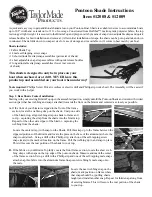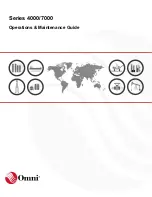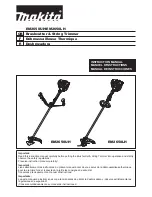
Preparation and setup
42
6.1.5
Installing forced steering on the towing vehicle (optional)
The forced steering is optional additional equipment, which the customer must adapt individually to each
towing vehicle. This means that the settings must be re-adapted every time the towing vehicle is
changed.
The towing vehicle must feature a suitable coupling mechanism for this purpose.
On TANDEM models, the rear axle is forced, while the first and last axles are forced on TRIDEM
models. Hydraulic forced steering is only available for bottom attachment with a Ø 80 mm flange ball
head coupling. The dimensions on the Ø 80 ball head coupling and the clearances according to ISO 500
and ISO 730 must be applied.
Procedure
Mounting of the steering cylinder at the same
axial and vertical height as the ball head coupling
on the towing vehicle (tractor) with 250 mm
clearance (
5 mm).
Fig. 31
:
Installation layout for forced steering
-
The towing vehicle requires a suitable coupling mechanism.
-
At maximum steering angle, the tyres must not touch the frame or other parts
of the vehicle.
-
Check the axle stops and adapt them to the tyre size if necessary.
-
At maximum steering angle of the hydraulic cylinders with coupling (52°),
ensure sufficient space from the panelling on the outside and from the flange
coupling on the inside.
-
The cylinder protection (on the side of the traction bar) must be checked and
adjusted for every towing vehicle type; if necessary, double the cylinder
protection until the wheels of the towing vehicle (tractor) make contact at
maximum steering angle.
Attention! The stopcocks on the steering axle must be opened before
commencing travel to prevent damage to the hydraulic cylinders.
When coupling the towing vehicle to the trailer, approaching in exactly the same position as when
uncoupling will not work. The forced steering can therefore be re-coupled as follows.
















































